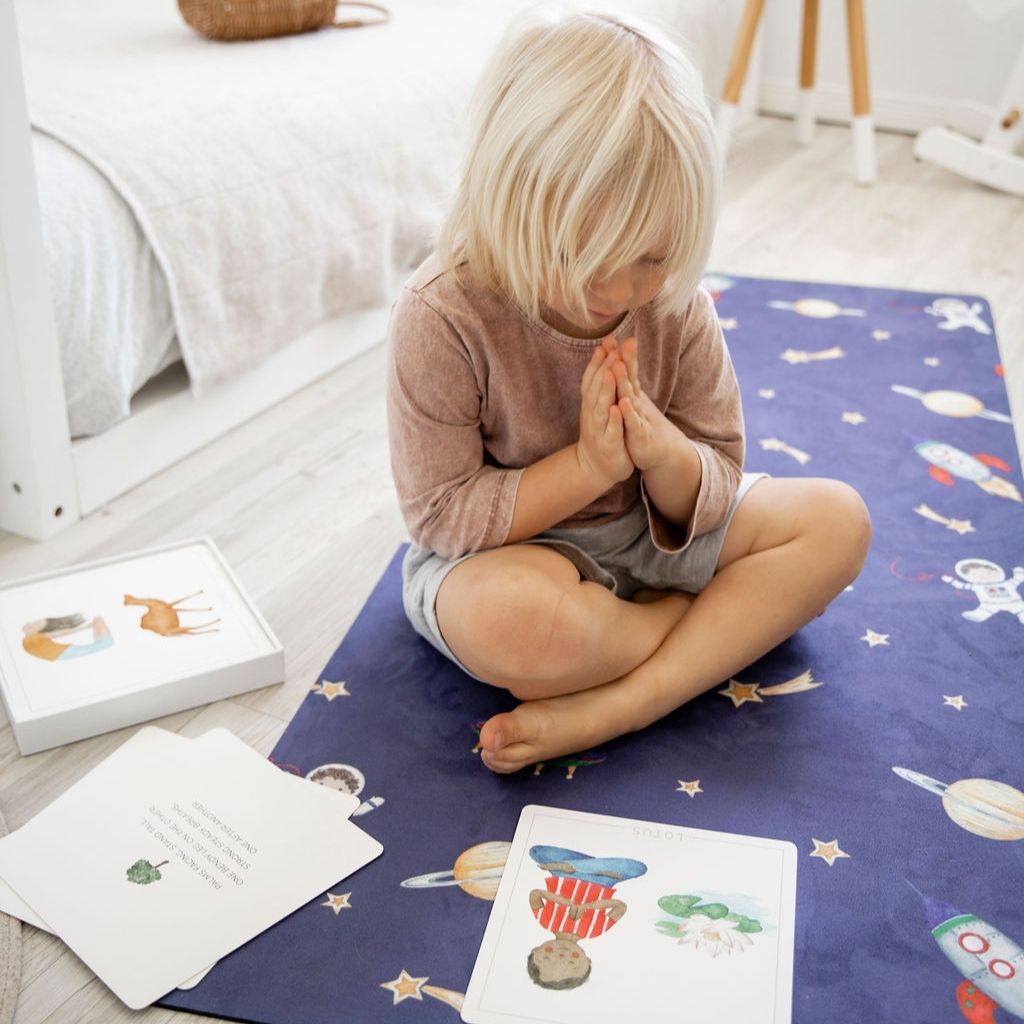In today’s dynamic world of child development, accepting neurodiversity is vital. Children with disorders such as ADHD or autism need an environment that is supportive of their individual strengths and helps them thrive. This is where the synergy of ADHD support, autism sensory play, sensory integration toys, and mindful toys for kids comes into play. Parents and teachers can enrich their children’s lives by incorporating these components into daily activities.

ADHD Assistance for children by focusing on confidence
Children with ADHD are often unable to concentrate and controlling their impulses. In order to offer the best support possible, implement strategies that are engaging for the child’s mind, while respecting his or her individuality. Mindful toys for children that encourage peace and mindfulness, can be instrumental in this journey. They’re a biting experience and can help calm anxiety while teaching children to shift their focus. The practice of mindfulness helps manage ADHD symptoms, and also teach children valuable life skills like emotional regulation, stress reduction, and managing stress.
Autism Sensory Play: Nurturing Expression and Exploration
Sensory experiences can be stimulating as well as challenging for children with autism. Autism sensory play is the process of creating an enjoyable and stimulating environment for senses, which aids in the development of vital abilities. Sensory integration tools play an important part in this process. These toys are designed for different senses to be stimulated simultaneously. They encourage exploration of the senses as well as cognitive development and coordination. Through the use of auditory, tactile and visual stimulation, children can better understand the world around them and also communicate their experiences. By embracing autism sensory play, caregivers help children to communicate, build self-confidence, and connect with the world according to their own terms.
Sensory integration toys: creating bridges for the child’s development
Sensory-integration toys are bridges to connect children to the world around them. They come with a variety of materials shapes, sizes, and shapes which target various senses and motor abilities. They offer children the chance to experiment and to adapt to sensory inputs, ultimately helping in the development of sensory processing skills. The three primary benefits of sensory toys are
1. Enhanced Sensory perception: Sensory integration toy exposes youngsters to different sensory, auditory, and visual stimuli. The experience helps their brains to process sensory information better and improves their ability to react in every day situations.
2. Improved Motor Skills – A lot of these sensory toys are a challenge to handle without the use of fine motor skills and coordination between eyes and hands. By playing with these toys, children can improve their motor skills and control. This results in better physical control as well as confidence.
3. Multisensory toys can stimulate different brain regions simultaneously. This can aid in cognitive development by strengthening connections between neural pathways and developing problem-solving abilities and creativity.
Mindful toys for children helping to develop calmness and concentration
The idea of mindfulness is gaining popularity due to its influence on our mental well-being. Mindful toys for children incorporate aspects of mindfulness into their play, encouraging children to be active and attentive. These toys often involve activities that require attention to detail, such as coloring, puzzles, or exercises for relaxation guided by a teacher. These activities help children to concentrate their attention and energy focused on the task which is beneficial to them academically and socially.
It’s crucial to emphasize the holistic approach that is developed by the interplay of autism sensory toys and mindful toys for children and ADHD assistance. These elements don’t function in isolation, but they create a unified approach to meet the varied needs of children with neurodiverse disorders. They can help create an environment in which emotional, cognitive, and sensory needs are fulfilled through mindful activities and sensory play into their routines.
In conclusion, the path to support children with ADHD or autism involves embracing both their strengths and challenges. By integrating sensory play, the use of sensory-integration equipment, as well mindfulness techniques, teachers and caregivers can create an environment that promotes improvement on multiple levels. In addition to helping with control, fostering self-expression or stimulating sensory processing, or promoting mindfulness, each of these elements contributes to a comprehensive method of child development. Making the most of these strategies can pave the way to a better future for every child regardless of their neurodiversity.